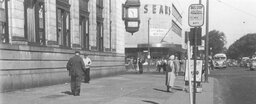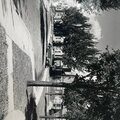Memories of growing up on Buffalo's East Side in the 1940s-50s.
A Place for Lost Time: A Look Back at Buffalo's Polish East Side
The full content is available in the Spring 2003 Issue, or online with the purchase of:
If you have already purchased the product above, you can Sign In to access it.
Related Content









